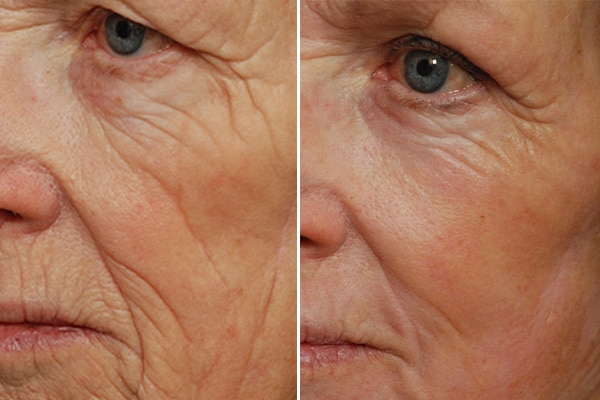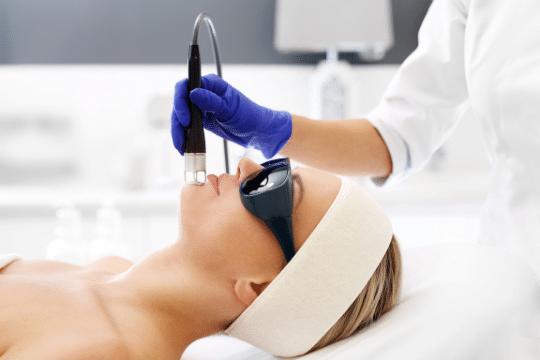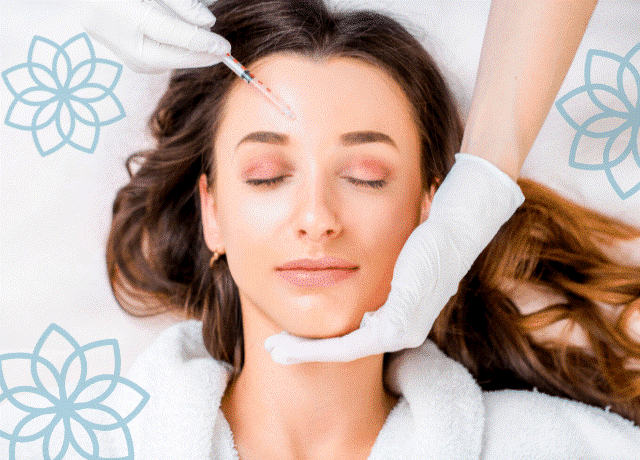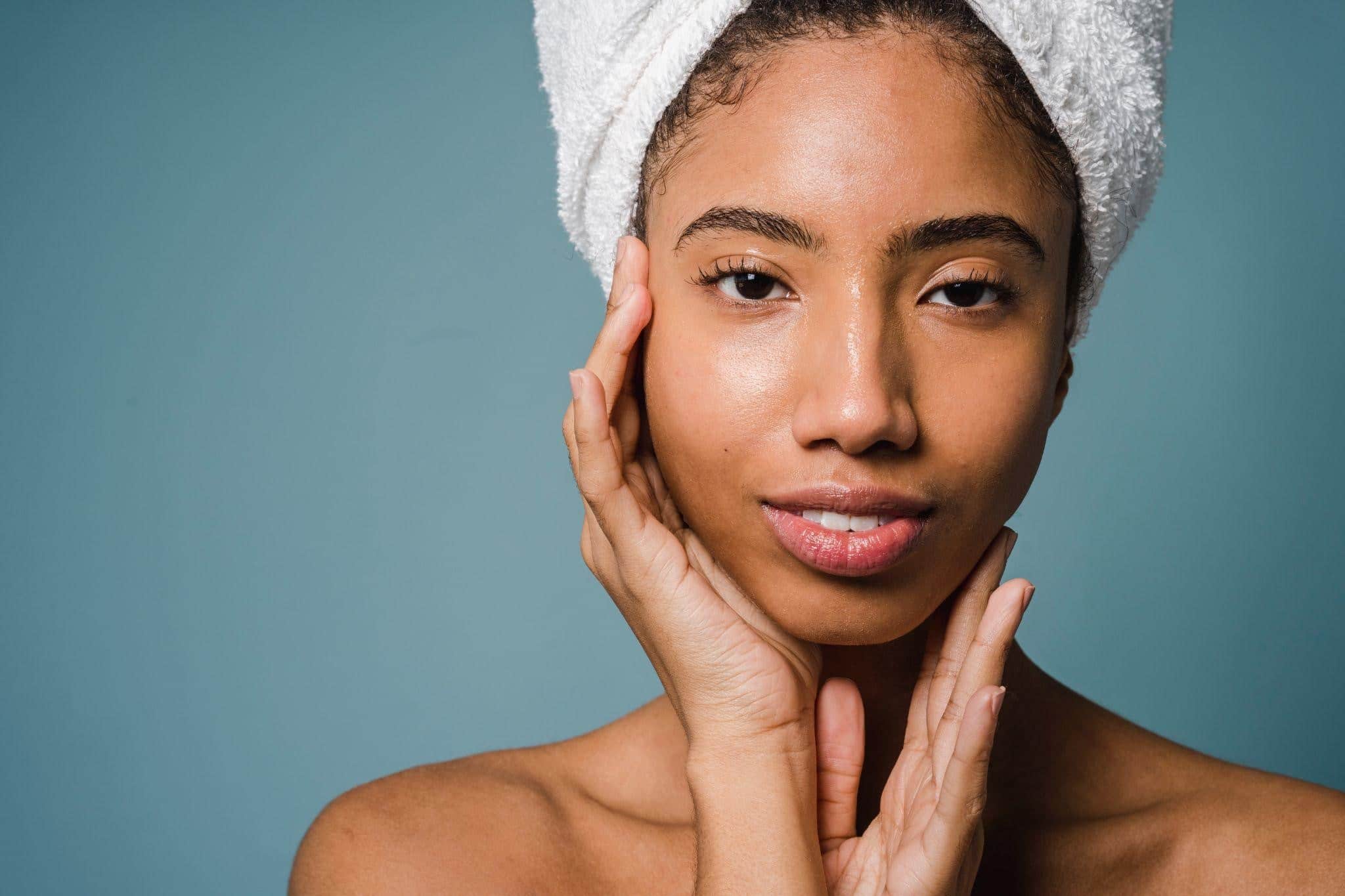
Acne burns, fine lines, wrinkles, and Glass skin can all be reduced with laser resurfacing. We all want it, but most of us, regardless of age, cannot achieve the dewy, airbrushed glow. Using masks, scrubs, glycolic, and retinol at home to slough off dead cells will help. Chemical peels, dermabrasion, and microneedling are examples of clinical resurfacing procedures that cause minor skin injuries and can help you get there faster. When you need a supercharged solution, however, lasers are the best choice.
Lasers are excellent tools for treating various skin issues, including acne scarring, fine lines, wrinkles, sun spots, tattoos, and loose skin.
How Do Lasers Work and What Are They?
So, just what is a laser, exactly? According to NASA, the term stands for “light amplification by stimulated emission of radiation.” They’re a skin-resurfacing modality used in dermatology that uses light and heat to enhance skin tone, texture, and coloration. It accomplishes this by inflicting a controlled injury on the tissue, which prompts the body to respond with a healing response that improves the appearance.
Working out causes tiny tears in your muscles, which heal and grow stronger, according to science. Lasers function similarly: they use light and heat energy to inflict regulated damage to the skin’s surface, causing the body to respond by producing a fresh coat to repair the tissue.
As a result, collagen production increased, which is a benefit that has been proven in other studies. Collagen development declines with age, resulting in fine lines and wrinkles.
Other celebrities have been promoting the results of their laser treatments on social media (Drew Barrymore’s makeup-free mug looked angelic as she gushed about the benefits of Clear + Brilliant, and Kim Kardashian makes it seem like having a personal laser guru is as essential as having a toothbrush). It’s no surprise that laser resurfacing is more common than ever before.
According to the American Society of Plastic Surgeons, laser resurfacing procedures rose by 248 percent from 2000 to 2018, from 170,951 to 600,000.
Recognize that Maintenance is up to you.
Suppose someone is going to spend time and money on a laser treatment at the doctor’s office. In that case, they must follow a healthy topical maintenance regimen at home to maximize the treatment’s results. Retinoids, vitamin C serum, and sunscreen can all be used daily at home.
Maintaining your home is essential, as is avoiding behavior habits that will cause you problems in the future. No laser will help you go out in the light, don’t use your retinoid, or touch your face and begin to break out. You’ll also need to change your attitudes. Then, as always, be careful of something that seems to be too good to be true because it most likely is.
Maintain a healthy sense of realism when it comes to your expectations.
Lasers are intense and can achieve incredible results, but they aren’t magic. Even with the most aggressive laser, results will take time, and repeat sessions may be needed, depending on your particular skin condition and the treatments you receive.
Retreatment is needed for everything that involves epithelial cells, such as your skin, nails, and hair. That’s like getting the best gel manicure you’ve ever had; you’ll always need a new one. You may get the best hair colorist in the world and still have roots. These epithelial cells will continue to turn over indefinitely. Whatever you do, you’ll need to maintain it at home regularly. And, according to the ABPS, while your findings may last many years, they aren’t final.



